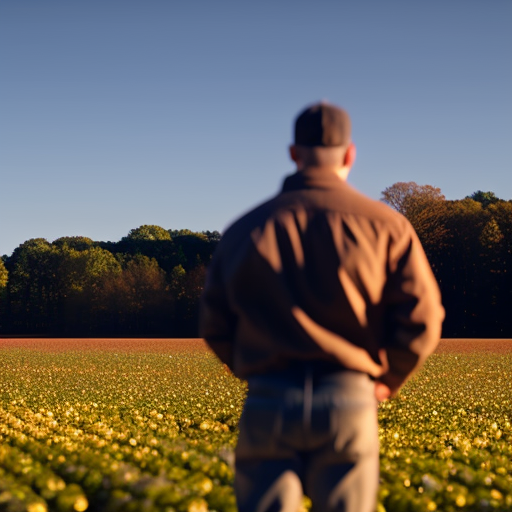
News
Unseasonable warmth could complicate cover crop management

Unseasonably warm weather could complicate cover crop management this spring.
University of Minnesota soil scientist Jeff Strock says species like cereal rye and winter rye should enjoy fabulous growing conditions in the weeks ahead.
“To put on above-ground biomass, to essentially be a scavenger for any extra nitrogen that may have been in the ground. Should be good root-mass down there, which would help soil structure and carbon building, that kind of thing.”
But he tells Brownfield timing of termination will be especially important this year.
“Those crops could end up growing more and more, and actually suck water out of the soil profile. Which would, by effect, put those areas under some dry stress conditions. Especially near the surface.”
Strock says farmers will need to pay close attention to growth and be prepared to terminate cover crops earlier than usual.
Audio:
SDGs, Targets, and Indicators Analysis
1. Which SDGs are addressed or connected to the issues highlighted in the article?
- SDG 2: Zero Hunger – The article discusses cover crop management, which is relevant to sustainable agriculture practices aimed at ensuring food security.
- SDG 13: Climate Action – The article mentions the impact of unseasonably warm weather on cover crop growth and the need to manage cover crops to mitigate dry stress conditions.
- SDG 15: Life on Land – The article highlights the importance of cover crops for soil health, carbon building, and soil structure improvement.
2. What specific targets under those SDGs can be identified based on the article’s content?
- SDG 2.4: By 2030, ensure sustainable food production systems and implement resilient agricultural practices that increase productivity and production, that help maintain ecosystems, that strengthen capacity for adaptation to climate change, extreme weather, drought, flooding, and other disasters, and that progressively improve land and soil quality.
- SDG 13.3: Improve education, awareness-raising, and human and institutional capacity on climate change mitigation, adaptation, impact reduction, and early warning.
- SDG 15.3: By 2030, combat desertification, restore degraded land and soil, including land affected by desertification, drought, and floods, and strive to achieve a land degradation-neutral world.
3. Are there any indicators mentioned or implied in the article that can be used to measure progress towards the identified targets?
- Indicator for SDG 2.4: Adoption of sustainable agricultural practices, such as cover cropping, that enhance soil health, carbon sequestration, and water management.
- Indicator for SDG 13.3: Increase in the number of farmers and agricultural professionals trained in climate-smart agriculture and cover crop management.
- Indicator for SDG 15.3: Expansion of cover crop adoption and implementation in agricultural systems to improve soil quality and prevent land degradation.
SDGs, Targets, and Indicators Table
| SDGs | Targets | Indicators |
|---|---|---|
| SDG 2: Zero Hunger | 2.4: By 2030, ensure sustainable food production systems and implement resilient agricultural practices that increase productivity and production, that help maintain ecosystems, that strengthen capacity for adaptation to climate change, extreme weather, drought, flooding, and other disasters, and that progressively improve land and soil quality. | Adoption of sustainable agricultural practices, such as cover cropping, that enhance soil health, carbon sequestration, and water management. |
| SDG 13: Climate Action | 13.3: Improve education, awareness-raising, and human and institutional capacity on climate change mitigation, adaptation, impact reduction, and early warning. | Increase in the number of farmers and agricultural professionals trained in climate-smart agriculture and cover crop management. |
| SDG 15: Life on Land | 15.3: By 2030, combat desertification, restore degraded land and soil, including land affected by desertification, drought, and floods, and strive to achieve a land degradation-neutral world. | Expansion of cover crop adoption and implementation in agricultural systems to improve soil quality and prevent land degradation. |
Behold! This splendid article springs forth from the wellspring of knowledge, shaped by a wondrous proprietary AI technology that delved into a vast ocean of data, illuminating the path towards the Sustainable Development Goals. Remember that all rights are reserved by SDG Investors LLC, empowering us to champion progress together.
Source: brownfieldagnews.com

Join us, as fellow seekers of change, on a transformative journey at https://sdgtalks.ai/welcome, where you can become a member and actively contribute to shaping a brighter future.





